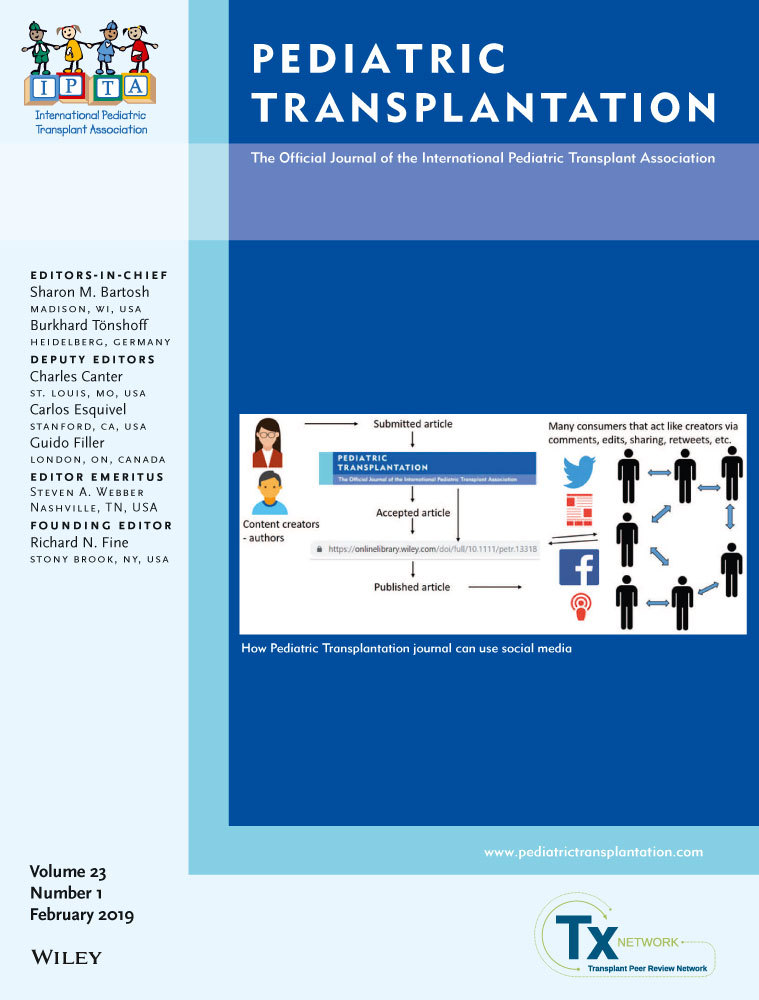Should more donation after cardiac death livers be used in pediatric transplantation?
Abstract
Introduction
There is a mismatch that exists in donor liver organ supply and demand. DCD livers represents a potential source to increase the number of liver grafts available for use in pediatric recipients; however, there has been hesitancy to use such organs. We evaluated patient and allograft outcomes in pediatric liver transplant recipients of DCD livers.
Methods
The UNOS database was queried to examine outcomes in all liver transplant recipients from 1993 to 2017. Patients were then divided according to adult and pediatric status, DBD or DCD allograft status, and era of transplant. Donor and recipient demographic data were examined, and patient and allograft survival were calculated. A P-value of <0.05 was considered to be significant.
Results
A total of 57 pediatric recipients received a DCD liver allograft. DCD recipients were older than DBD recipients. There was no difference in the final PELD score between the groups. There were no differences in causes of allograft failure between the DCD and DBD groups. Importantly, the overall allograft survival in the DCD and DBD groups was similar, as was allograft survival based on era.
Conclusion
Pediatric liver transplant recipients of DCD allografts have comparable patient and allograft survival when compared to DBD allograft recipients. Use of DCD allografts in the pediatric liver transplant population should be strongly considered to increase the donor organ pool.
CONFLICT OF INTERESTS
The authors state that they have no conflict of interest.
DISCLOSURE
The data reported here were supplied by the Minneapolis Medical Research Foundation as the contractor for the SRTR. The interpretation and reporting of these data are the responsibility of the author(s) and in no way should be an official policy of or interpretation by the SRTR or the US Government.




